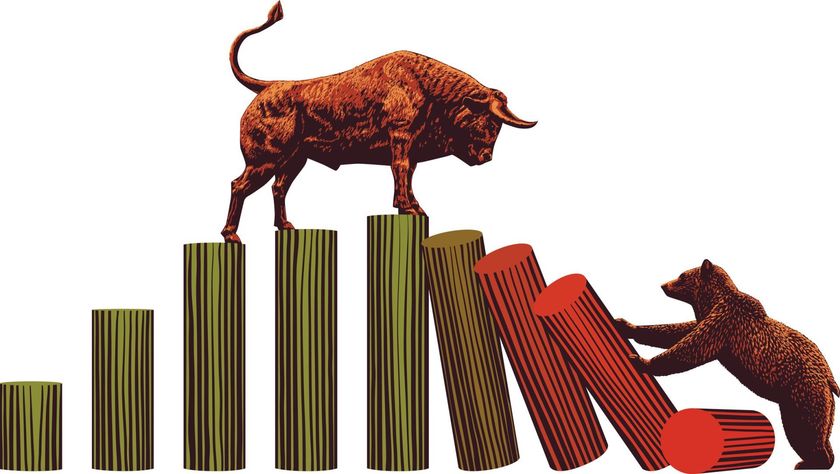
Is the drop meaningful?
The stock market dropped about 7% from its most recent record close September 20th to its most recent short-term low of 2728 last Thursday September 11th. As declines go, it was not at all out of the ordinary, except perhaps by the standards of the current bull market, which has seen long periods during which even declines of a few percent have come few and far between. Is the drop meaningful? No one knows, although many may claim they do. What caused investors to start selling? The most common explanations are that interest rates finally got their attention, as did the tariff war with China.
But why Wednesday the 10th and not Wednesday the 3rd? The truth is that no one really knows how to model the behavior of crowds, and no one really knows what the catalyst for a sell-off will be before the fact. Oh sure, we can point to the Federal Reserve increasing the cost of money as the great killer of bull markets, but we have no real precise estimate of the timing. (Currently I’m forecasting a 70% chance of a recession beginning in the second half of 2019, or first half of 2020, which means that last week’s “oopsie” could actually be the start of a bear market.) After all, bear markets tend to lead a recession by two to three quarters. However, it’s also quite possible that the next bear market doesn’t start for a few more years. Is my forecast useful to anyone? Well, it’s useful to someone approaching retirement, someone with spending plans in the next three to five years that could be threatened by a bear market in the interim.
Should you worry? Only if your portfolio allocation is too aggressive for your spending goals. Meaning what? Meaning that your financial goals should inform your portfolio allocation decisions. It’s called asset/liability matching in the institutional world, also liability driven investing, or LDI. Your spending goals are no different. Your job is to manage your investment portfolio in a manner that allows you to pay all of your unfunded liabilities (financial goals) on time and in full. Don’t have a spending goal within the next ten years? Don’t worry about the next bear market. Plan on retiring in the next five years? Take a good look at your current portfolio and make sure you can still meet that very important goal on time.
Now back to last week: The S&P 500 will fall 30% to 50%-ish at some point. It’s guaranteed. The question is, when? Call it 95% likely in the next two to three years. Make it equally likely that the S&P 500 will lose money over the next three to four years. Doesn’t work for your spending goals? Make some changes to your portfolio.
Christopher R. Norwood, CFA











